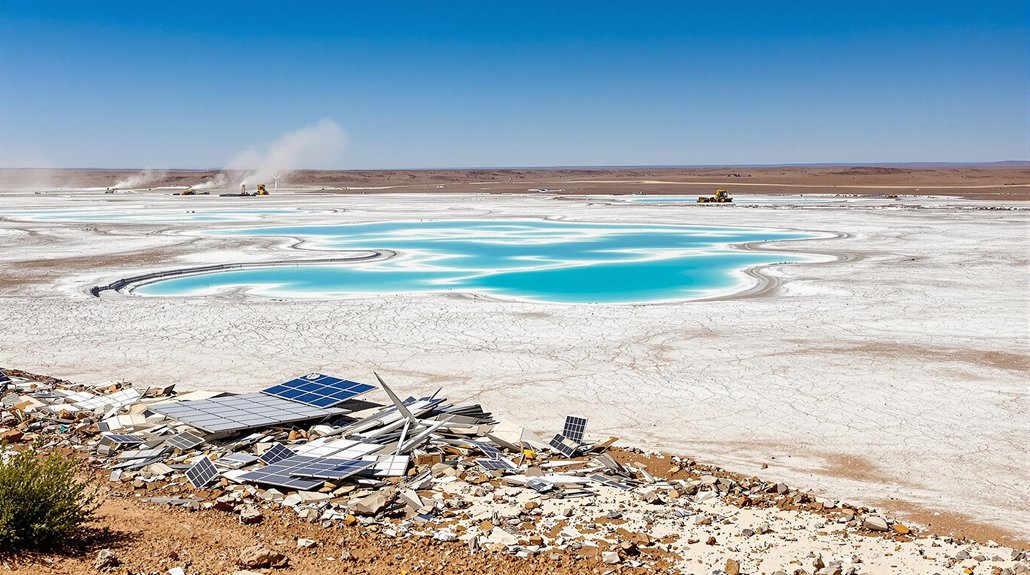Tasmania’s ancient living fossils face growing extinction risks from intensifying wildfires. The island hosts 53-million-year-old forest remnants and unique species like the creeping strawberry pine, dating back 150 million years. Rare conifers and stromatolites that survived for billions of years are now threatened by climate change. Scientists are combining modern conservation with traditional Palawa/Pakana burning practices that protected these species for 41,000 years. These ancient survivors tell Earth’s remarkable biological story.
While most people think of dinosaurs and prehistoric creatures when they hear the term “living fossil,” Tasmania has become a treasure trove of ancient life forms that continue to thrive today. Scientists have made remarkable discoveries in recent years, including stromatolites in the Giblin River catchment in 2015. These living fossils date back 3.7 billion years and represent the first living stromatolites found in Tasmania, thriving in mineral-rich groundwater springs. Research led by Dr. Bernadette Proemse from the University of Tasmania revealed these unique stromatolite communities in a remote valley.
Tasmania: where ancient beings thrive beneath our feet, defying extinction for billions of years in hidden springs.
In 2020, Dr. Miriam Slodownik excavated a 53-million-year-old forest near Macquarie Harbor. This ancient polar forest revealed 12 different plant species, including ancestors of modern Australian flora that adapted to extreme seasonal light conditions at the polar circle.
Tasmania’s rich fossil record includes newly identified conifer species such as Podocarpus paralungatikensis and Araucaria timkarikensis. These species, named in palawa kani, the Aboriginal language, are related to Kauri, Bunja, and Wollemi pines and provide valuable insights into conifer evolution. Experts consider Tasmania’s conifer fossil record unparalleled globally. The Palawa/Pakana peoples have managed these ancient landscapes through controlled burning practices for over 41,000 years.
Among Tasmania’s living fossil flora is the creeping strawberry pine (Microcachrys tetragona). With 150-million-year-old pollen grains discovered, this plant is now endemic only to Tasmanian mountains and is the sole survivor of its plant family, indicating past Southern Hemisphere distribution.
Ancient crustaceans also call Tasmania home. The mountain shrimp (Anaspides tasmaniae), found in Tasmanian lakes and creeks, resembles 250-million-year-old marine fossils. These unique creatures adapted to freshwater 220 million years ago and can be found in Lake St Clair.
The Tasmanian Wilderness World Heritage Area protects many of these living fossil species and their unique ecosystems. This protected area includes the Giblin River catchment stromatolites and preserves remnants of Gondwanan flora.
It’s essential for understanding Earth’s biological history, as it contains species that have survived millions of years of evolution and climate change, offering a living window into our planet’s past.








